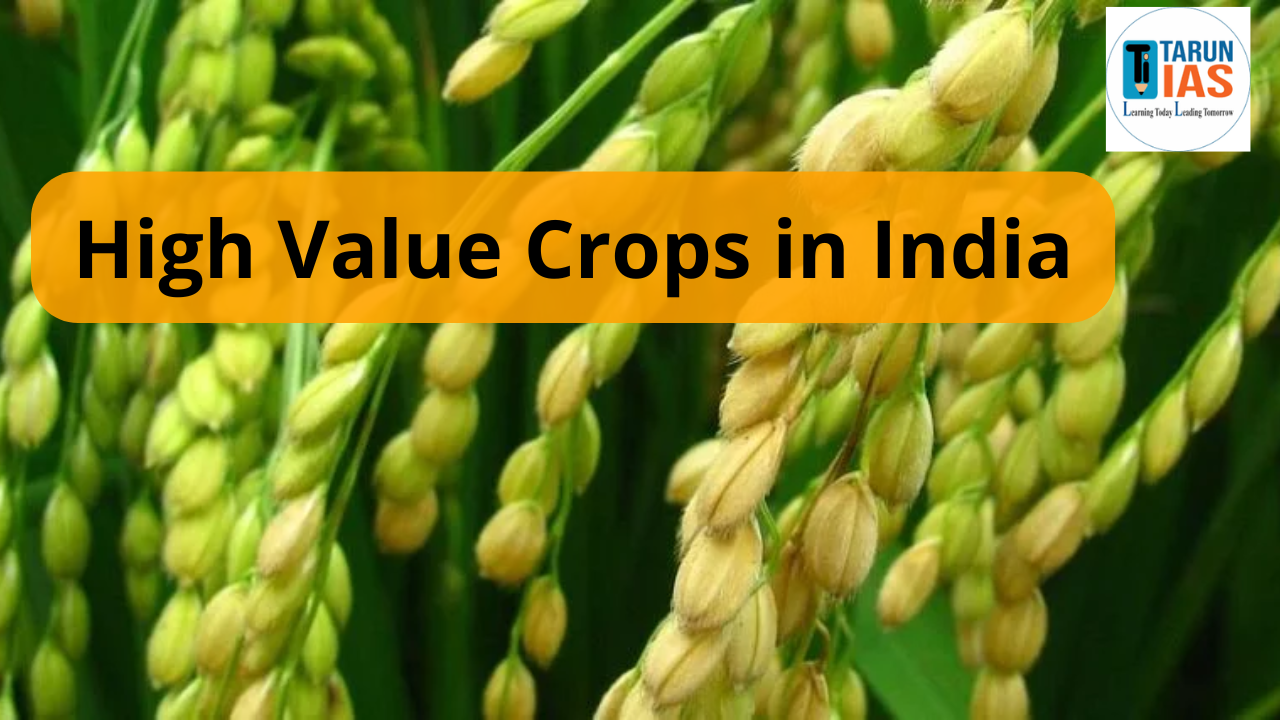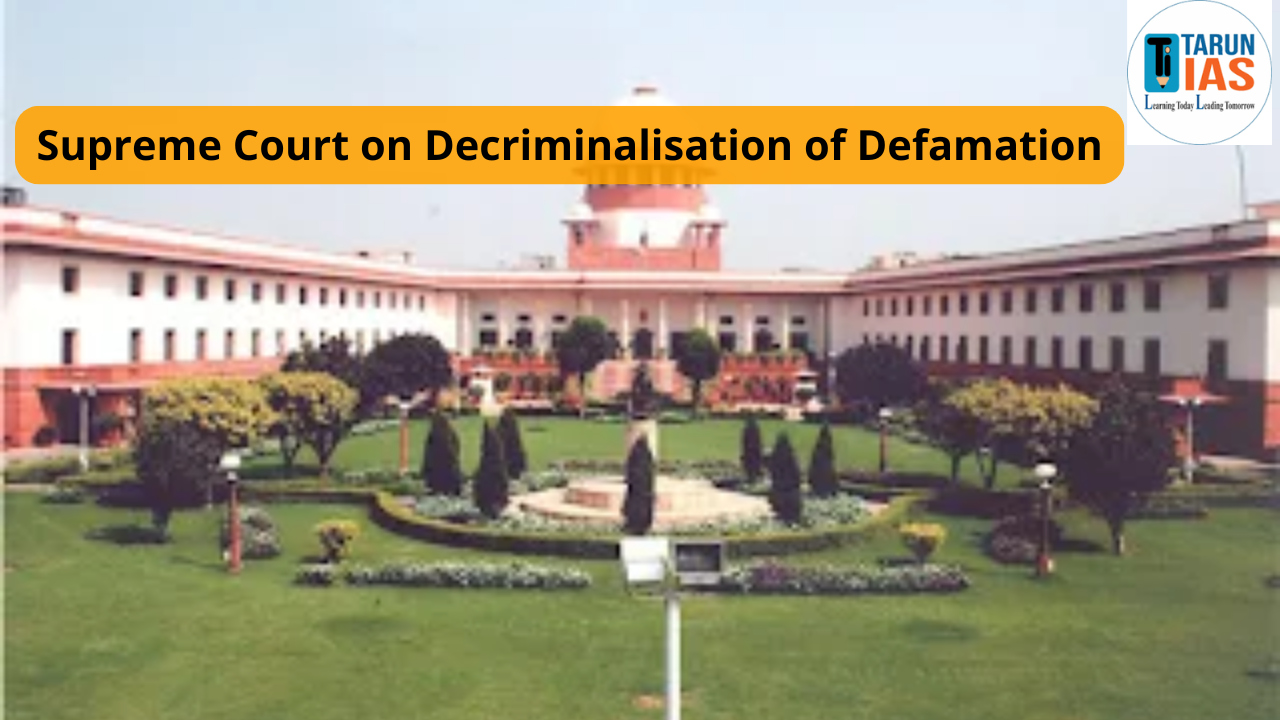Introduction to Post-Mauryan Period
The period following the decline of the Mauryan Empire, starting around 200 BCE, marked a significant transitional phase in Indian history.
- This era was characterized by political fragmentation, regional kingdoms, and extensive cultural interactions that shaped the socio-political and economic fabric of India.
- After Ashoka’s death, his successors struggled to maintain control over the vast Mauryan Empire.
- The empire disintegrated as provinces began declaring independence, reducing Mauryan influence to the Gangetic valley.
- Kalinga declared independence, while the Satavahanas established an independent rule in the Deccan.
- In northwestern India, the Mauryan control weakened, and the region witnessed several foreign invasions, leading to the assimilation of foreign elements into Indian society.
- This period saw the rise of multiple political entities in north and northwestern India, including:
- Sungas: They succeeded the Mauryas in the Gangetic plains.
- Indo-Greeks: Known for their cultural and artistic contributions.
- Sakas and Parthians: These groups settled in northwestern India, influencing local culture and administration.
- Kushanas: They established a vast empire in northwestern India and Central Asia, promoting trade and cultural exchanges.
- These regional powers fostered cultural contacts in areas such as trade, technology, art, and religion.
Sources of Historical Information of Post-Mauryan Period
The Post-Mauryan period has been reconstructed through various literary, epigraphic, numismatic, and art historical sources.
-
Literary Sources:
-
-
- Mahabhasya by Patanjali: Provides insights into linguistic and social developments.
- Divyavadana: Contains narratives on Buddhism and political history.
- Puranas: Offer genealogies of rulers and accounts of historical events.
- Malavikagnimitra by Kalidasa: Depicts political events and cultural life during the Sunga period.
- Harshacharita by Banabhatta: A historical biography that sheds light on rulers of this era.
- Milinda-Panha: A Pali text detailing dialogues between the Indo-Greek king Menander (Milinda) and a Buddhist monk, providing valuable information on Buddhism.
-
-
Epigraphic Sources:
-
-
- Numerous inscriptions have been discovered from regions like Ayodhya, Vidisha, and Bharhut.
- Inscriptions written in Kharosthi script have been found in Gandhara, and many Kharosthi documents have been recovered from Central Asia.
-
-
Numismatic Evidence:
-
-
- Coins minted by regional rulers are a vital source of information.
- These coins often bear the names of kings, symbols, and inscriptions, revealing details about minor ruling dynasties and trade.
-
-
Foreign Accounts:
-
-
- Greek and Latin texts refer to northwestern India and its rulers, shedding light on cross-cultural interactions.
- Chinese historical chronicles discuss events in Central Asia, Bactria, and northwestern India, highlighting the cultural and trade exchanges of the time.
-
-
Cultural Interactions:
-
- The Post-Mauryan era witnessed a rich blend of cultures due to increased trade and migration.
- Artistic traditions evolved, with contributions from Indo-Greek, Saka, Parthian, and Kushana influences.
- Buddhism and Jainism flourished during this period, with the active patronage of rulers like Menander and the Kushanas.
|
UPSC Articles |
|
| UPSC Interview | UPSC Interview Marks |
| UPSC Syllabus | UPSC Exam Pattern |
| UPSC Eligibility | UPSC Age Limit |
| UPSC Selection Process | UPSC Cut off |














